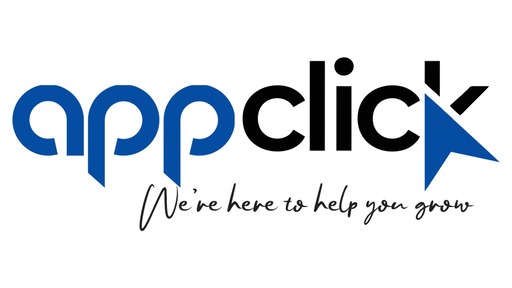The purpose of viral marketing is to encourage people to spread a promotional message to their friends, family, & other people in order to exponentially increase the number of people who get it. The goal of viral marketing is to use the Internet or word-of-mouth to disseminate knowledge about a good or service.
Knowing Viral Marketing
“Viral” in the context of viral marketing refers to anything that disseminates among its audience swiftly and extensively. While the content is disseminated naturally, viral advertising is a purposeful endeavor. Because of this, social media offers the ideal environment for viral advertising, even if it originated with conventional word-of-mouth advertising.
Even though the practice was considerably more popular in the early to mid-2000s, business-to-consumer (B2C) websites that operate online still frequently employ it. The extensive use of social media platforms, such as Facebook, Instagram, Snapchat, X (previously Twitter), YouTube, & others, has made it possible to conduct modern viral advertising campaigns & improved their effectiveness.
Viral Marketing Examples
Hotmail, a free web-based email service that was introduced in 1996 and featured an integrated advertisement & direct link encouraging recipients to create an account, is a commonly cited example of early viral marketing. During that period, user-based media companies experienced the fastest development due to this practice.
The ALS Ice Bucket Challenge is another example of how diverse viral marketing can be. Although the ALS Ice Bucket Challenge was already in place before The ALS Association used it to solicit funds & raise awareness, the widespread sharing ALS Ice Bucket videos on social media platforms caused a global sensation that significantly raised awareness of the disease.
What Qualities Does Viral Marketing Have?
Three elements are shared by all cases of viral marketing, whether they are intentional or not: the message, the messenger, & the setting. For a viral marketing strategy to be successful, every component must be utilized. Any size of company can develop viral marketing campaigns, which can either be standalone initiatives or integrated into more extensive conventional campaigns.
These campaigns may make use of a variety of media (such as graphics, games, movies, emails, text messages, & free products) in order to evoke strong feelings in viewers or users, spread awareness of important causes, & make content easier to share and consume. An influencer’s wide following is typically necessary for viral marketing to succeed.
Viral marketing is less costly & more rapid than traditional marketing initiatives thanks to social networks acting as a “force multiplier.” It can also result in mainstream media attention because of how much traffic it can garner quickly. Messages may be changed, misinterpreted, viewed as spam, or called out for falling short on social media, which can lead to viral marketing campaigns failing miserably. Success in viral marketing can often be difficult to gauge.
Benefits and Drawbacks of Viral Marketing
Benefits
Viral marketing enables businesses to reach consumers who their regular marketing efforts would not often target, improving the way they market their products. With this greater reach, the business is able to penetrate new markets and possibly grow its clientele.
Creative work by companies has the potential to go viral. Burger King, for instance, made headlines when it shared photos of a moldy Whopper that was a month old in response to McDonald’s assertion that their burgers don’t go bad. Burger King claims that because it only uses fresh ingredients & doesn’t employ preservatives, its consumers should receive better & healthier results. Its ugly-looking burger was obvious evidence of that assertion.
The expenses of viral advertising are typically far lower than those of conventional advertising efforts. When customers enthusiastically tell others about their wonderful experiences using a company’s goods and services, promotion is effectively free.
Viral marketing can result in exponential and rapid growth since the Internet makes it easy and quick to spread material. It’s crucial to remember, though, that the ease and speed with which content is shared primarily depend on the company’s use of the appropriate tools.
Drawbacks
Viral advertising occasionally elicits an unexpected reaction. Studies reveal that people react more strongly emotionally to negative news, and that consumers tend to spread negative news more frequently than happy news. Negative publicity can hurt businesses and be difficult to overcome at times.
National Academy of Sciences of the United States of America Proceedings. “Cross-National Evidence of a Negativity Bias in Psychological Reactions to News.”
Since it can be challenging to discern whether viral advertising generated a lead or a sale, its effects are tough to quantify. Furthermore, firms cannot agree on a common standard for gauging their success.
Conclusion
A cheap and efficient way to raise awareness and promote a brand or product is through viral advertising. Businesses rely on their target market or audience to spread the word about their advertising campaigns and happy experiences. Campaigns that are successful can aid in business expansion, market expansion, and revenue growth. Businesses need to arrange their content so that it may be shared simply and select the appropriate channels for advertising. If carried out incorrectly, it can lead to adverse outcomes that could reduce profits and damage a company’s brand.




